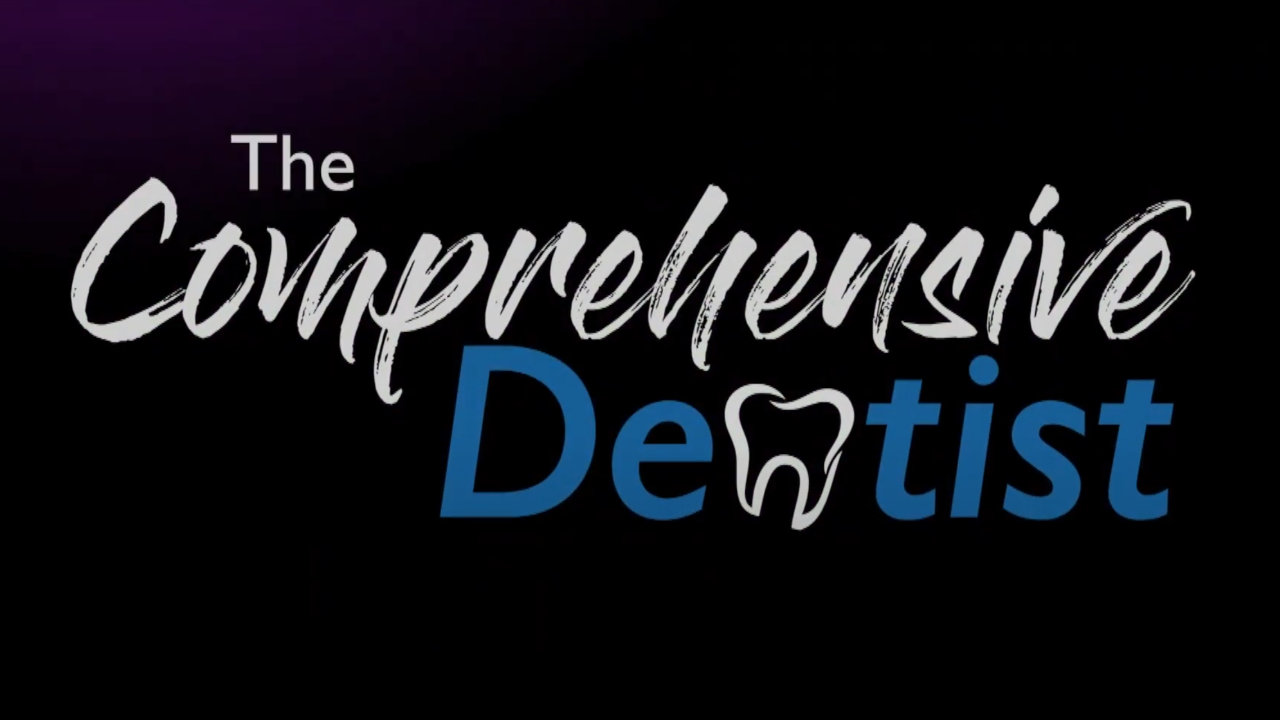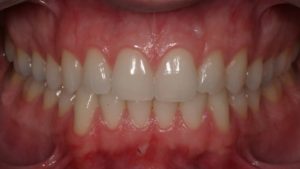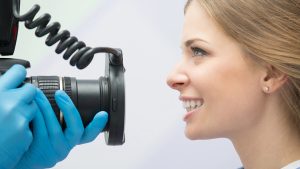Photos can be too dark, too bright, or just right. When the image is just right, we call this a properly exposed image. Proper exposure is the first requirement we will discuss for obtaining a quality image.
Hello and welcome to another video from the comprehensive dentist. My name is Dr. B, and in this video, we are talking about factors that affect good exposure. Good photos do not happen by accident. If you want good, consistent images, it starts with understanding settings on your camera and how they affect your photos.
When you look at a great photograph, whether it be a beautiful portrait, landscape, or dental photo, you will notice that the image has proper exposure, meaning it is not too bright or too dark. You will also notice that it has a sharp focus so that the subject can be clearly seen. The image will also have good composition.
In this video, we look at exposure, but this is only one aspect of what makes a great photo. In future videos, we will look at focus and composition in detail and explore what factors affect each of these qualities.
Proper exposure means that the image is not too bright or too dark. Another way of saying this is not overexposed or underexposed. But what affects exposure? The three significant factors that affect exposure are the aperture, shutter speed, and ISO. A fourth factor that doesn’t really affect the amount of light but instead the image’s temperature is called white balance.
The camera allows us to control all of these factors affecting exposure, and it is essential that we know how each of these influences our image. We are trying to balance all these factors to get a good picture. Let’s look at each one:
Aperture: Aperture affects exposure and light because it refers to the lens diaphragm opening that controls the amount of light that reaches the sensor. The more open the diaphragm is, the more light that enters, and the more closed, the less light that enters. Aperture is measured in f-stops. A low f-stop means that the aperture is more open and more light will reach the sensor. In contrast, a high f-stop means that the aperture is smaller and less light reaches the sensor. Aperture also affects the depth of field in the image or how much of the image is in focus from front to back within the image.
Shutter Speed: Shutter speed is also known as exposure time. Shutter speed is the amount of time that the shutter is open. Shutter speed represents the amount of time the sensor is exposed to light entering the camera. Faster shutter speeds have the potential to make images dark or underexposed, and slow shutter speeds have the potential to make images bright or overexposed. Shutter speed affects light and motion blur.
ISO: ISO represents how sensitive the camera, specifically the camera sensor, is to light. By adjusting the ISO, we can change how sensitive the sensor is to the light. Most of the time, we try to keep the ISO as low as possible, but it’s advantageous in low light conditions.
White Balance: White balance represents the temperature of the image, affecting how warm or cold the picture looks. A proper white balance will produce an image that looks natural to the lighting present when taking a photo. If the white balance is incorrect, the colors might appear unnatural.
Histogram: The histogram is a tool that helps you analyze your image and evaluate the exposure. The histogram is an xy graph with the histogram’s left side representing pure black and the right side representing pure white. You want the light data for your photo to fall towards the middle of the histogram, indicating proper exposure.






